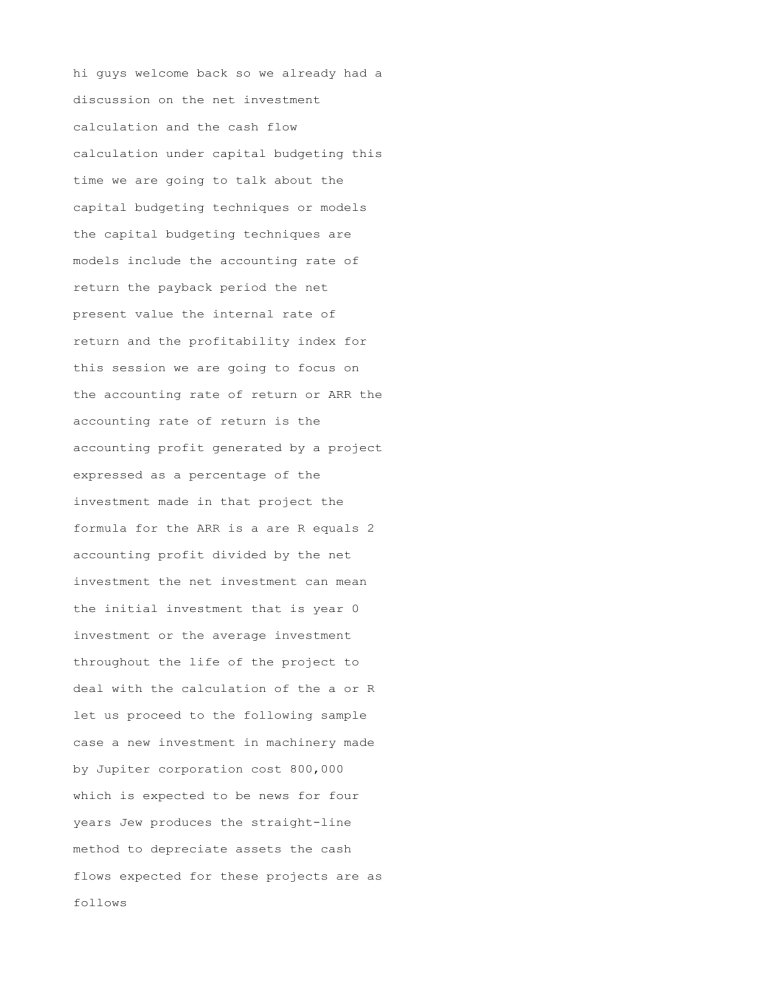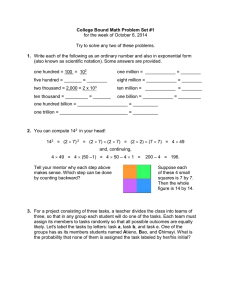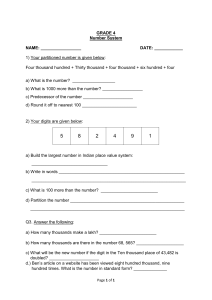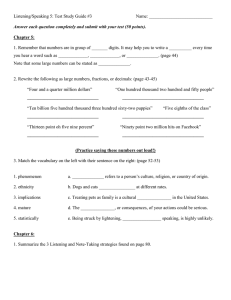
hi guys welcome back so we already had a discussion on the net investment calculation and the cash flow calculation under capital budgeting this time we are going to talk about the capital budgeting techniques or models the capital budgeting techniques are models include the accounting rate of return the payback period the net present value the internal rate of return and the profitability index for this session we are going to focus on the accounting rate of return or ARR the accounting rate of return is the accounting profit generated by a project expressed as a percentage of the investment made in that project the formula for the ARR is a are R equals 2 accounting profit divided by the net investment the net investment can mean the initial investment that is year 0 investment or the average investment throughout the life of the project to deal with the calculation of the a or R let us proceed to the following sample case a new investment in machinery made by Jupiter corporation cost 800,000 which is expected to be news for four years Jew produces the straight-line method to depreciate assets the cash flows expected for these projects are as follows year one 340 thousand year two 380 thousand year three 380 thousand and year for three hundred thousand let us calculate the accounting rate of return for this project so we are going to start with the given before it acts cash flows per year that's before tax cash flows for year one two three and four we have the following given that's three hundred forty thousand in year one 380,000 in year two three hundred eighty thousand in year three and three hundred thousand in year four so what is given to us is a before tax cash flows remember that accounting rate of return is the only method to evaluate our projects decidability that utilizes net income instead of cash flows as such we're going to make some adjustments to arrive at the profit figure we need to the dock the depreciation expense per year we have depreciation expense the project would last for four years and it costs 800 thousand using the straight line method you have eight hundred thousand divided by four that would be two hundred thousands or year we are going to have the following profit fingers 140-thousand ear one 180-thousand both for year two and three and 100,000 for year four these are the profits for each year since we have different profit figures for each year we just need to take the average of the four taking the average of this four we are going to have an average annual profit of one hundred fifty thousand pesos let us now calculate the accounting rate of return so you will have a or or this is equal to profit over investment one version of the or R would utilize the initial investment as our denominator we're going to use that first you have a profit of 150 thousand aveer divided by the investment of eight hundred thousand this would give us a paean point seventy five percent the accounting rate of return based on initial investment the second version of the ARR is one that is based on the average investment so if the initial investment is eight hundred thousand and at the end of the project's life it would be fully depreciated well we would have eight hundred thousand plus zero divided by 2 that's an average investment of 400 Thaksin so we would have an a or art based on the average investment this is equal to 150 thousand and again the average of eight hundred thousand in the beginning and presumed to be zero the salvage value at the end of the project life that is an average of 400,000 150 divided by 400,000 this is 37.5% the accounting rate of return is very intuitive it's very easy to understand well for any given amount of investment what percentage will go into profits that is what we found in rate of dr. limited means however it suffers two major drawbacks number one it is based on accounting profit instead of cash flows we already had a full discussion on this in the previous session cash flows are a better indicator of performance compared to profits number two it does not account for the time value of money as a result of these two drawbacks we can say that the accounting rate of return is the business of all capital budgeting models despite that is in understanding this is still the weakest model it is in my opinion that we should use the accounting rate of return only for purposes of evaluating the impact of the project on the financial statement ratios especially return on asset and return on equity but other than that to really use as a basis for decision making accounting rate of return is a weak tool for such purposes let us now proceed to the next capital budgeting technique we have the payback period unlike a housing rate of return the payback period would utilize cash flows together with other capital budgeting models payback period this is the time period needed to recover the investment it is a measure of a project's liquidity that is the ability of the project to be back to cash or cash convertibility for the calculation of the payback period as well as the interpretation let us proceed to the next sample case a new purchase of machine to be made by Mars MA corporation cost 500,000 which is expected to be in use for four years Mars my uses the straight-line method to depreciate assets the profits to be earned from this machine are as follows year 1 100,000 year to 130,000 year 3 75,000 and year for 65,000 so let us consider the profits that's expected to be earned every year one hundred thousand one thirty thousand seventy five thousand and sixty five thousand when calculating the payback period we are actually not interested with profits again all other models would utilize cash flows we want to know how long would it take for an investment that we have made to be recovered back in the form of a she that's what the payback period is all about so rather than rely on the profit figures we are going to use the cash flows so remember if what is given is a profit just add back the non-cash expense yes that's depreciation so let us calculate the depreciation to be added back the profits in order to arrive at the cash flows we have a cost of investment of $500,000 well four years that would be five hundred thousand divided by four so every year the depreciation ex is around 125,000 so we will have the following cash flows every year your one that would be 225,000 year - that's two hundred fifty five thousand you three that will be two hundred thousand and your four we have one hundred ninety thousand so what's the payback period the payback period is the time period needed to recover the investment so we are going to analyze this one year at a time so when we have an investment of five hundred thousand this is the year 0 outflow in year 1 we are expected to generate two to five Thompson this is the cash flows that would be generated in that year so that's five hundred thousand less 225,000 well at the end of the first year we still have two hundred seventy-five thousand and recover so one year is not enough to recover the investment let's go to year 2 in year 2 it's expected to generate two hundred fifty five thousand by the end of year two we would have still and recovered cash flows of twenty now there's 20,000 more to the cover if we're going to spend another year that's here three were expected to generate 200,000 this is more than enough this is more than enough time to look over the investment so we do not need three years what we would need would be two years plus a fraction over here we are going to make an assumption we're going to make an assumption that the cash flows generated in one year are evenly distributed throughout that entire year it is generated evenly throughout the year so for this 200,000 in year T we can assume that every day we are going to have one over 365 of this amount in such a case we do not need three years we only need two years plus enough time to recover only 20,000 so if we need 20,000 and in this year we will generate 200,000 we only need point 1 of that year so the payback period is 2.1 years what does this figure mean this figure simply means from the time of investment it would take 2.1 years to recover that amount of investment does it say anything about the project's profitability no it doesn't say anything about whether this project is going to very nice or it will give us losses it doesn't say anything but simply tells us is that it would take 2.1 years to recover the investment amount what we have calculated is the traditional paper value there are also other variants of the Biba billion this includes the bailout billion this assumes that the project is terminated if all invested cash flows are recoverable in that case we're going to consider the salvage value if applicable to we also have the discounted payback period these are hounds for the time value of money in calculating the payback period in such case we would need present value factors now the payback period is actually a good tool in measuring liquidity that is again a cash convertibility of the project however it suffers the following drawbacks it ignores the time value of money with the exception of the discounted payback period Valiant payback period ignores the fine value of money actually it's both payback and bailout period and aside from that as mentioned a while ago it ignores the profitability of the project it just tells us how long it would take to recover the project but it doesn't tell us whether the project is profitable now how are we going to evaluate the payback period well we want a shorter payback period we want to quickly recover the cash investment so to evaluate using the payback period we would want a payback period as short as possible the shorter the payback period the better in the next video we are going to talk about the discounted cash flow techniques these are the techniques that would account for the time value of money until then like share and subscribe





